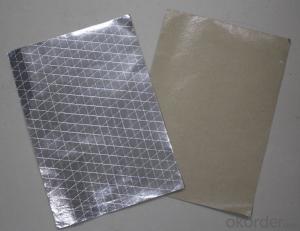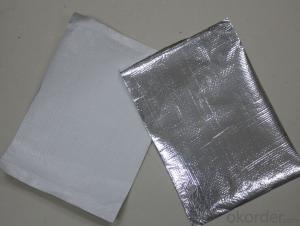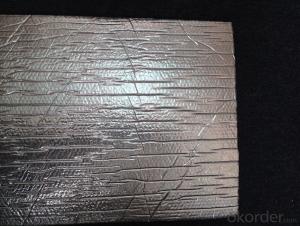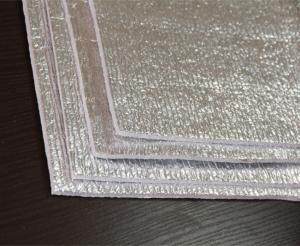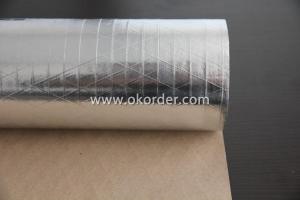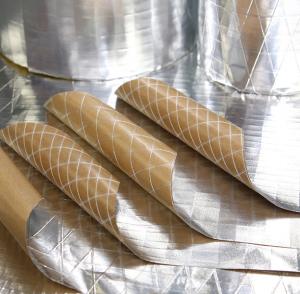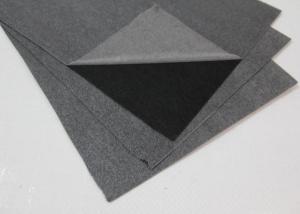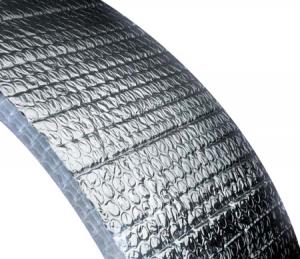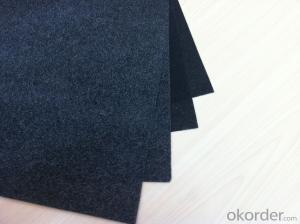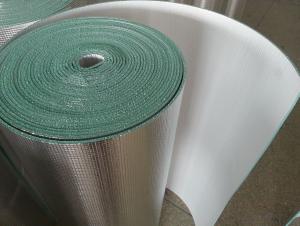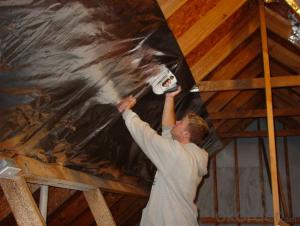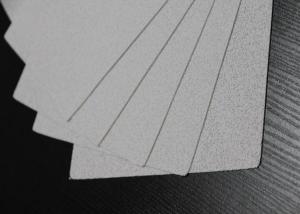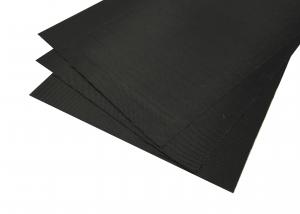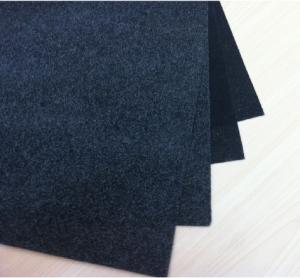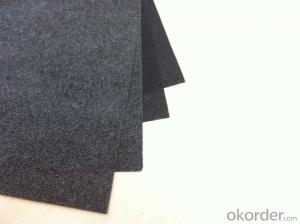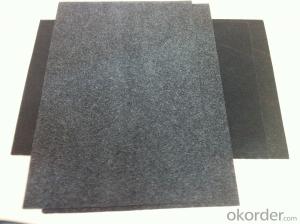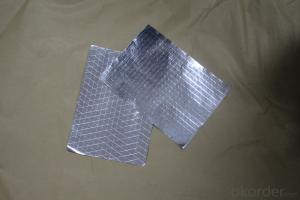flexible ducts bubble foil glasswool green energy sol
- Loading Port:
- China Main Port
- Payment Terms:
- TT OR LC
- Min Order Qty:
- -
- Supply Capability:
- -
OKorder Service Pledge
OKorder Financial Service
You Might Also Like
Application:
1,Building Thermal Insulation Material
(1),Roof,Underlay,Under Concrete & floor Insulation;
(2),Attic,Crawl Space,Stud Wall ,Metal Frame Building Insulation.
2,Wrapping
(1),Protective coatings of ventilating pipe,HVAC Duct & Pipe;
(2),Shells of air conditioner and water heater.
Feature:
1), Waterproof, heavy duty, clean, light, flexible, non-absorbent surface
2), Fire resistant & antiglare
3), Recyclable, environmentally friendly
4), Effective in extreme temperatures both hot and cold
5), Easily install, cut, stapled, nailed or glued into place
6), Safe to handle with no special clothing or breathing Equipment
Feature:
1), Waterproof, heavy duty, clean, light, flexible, non-absorbent surface
2), Fire resistant & antiglare
3), Recyclable, environmentally friendly
4), Effective in extreme temperatures both hot and cold
5), Easily install, cut, stapled, nailed or glued into place
6), Safe to handle with no special clothing or breathing Equipment

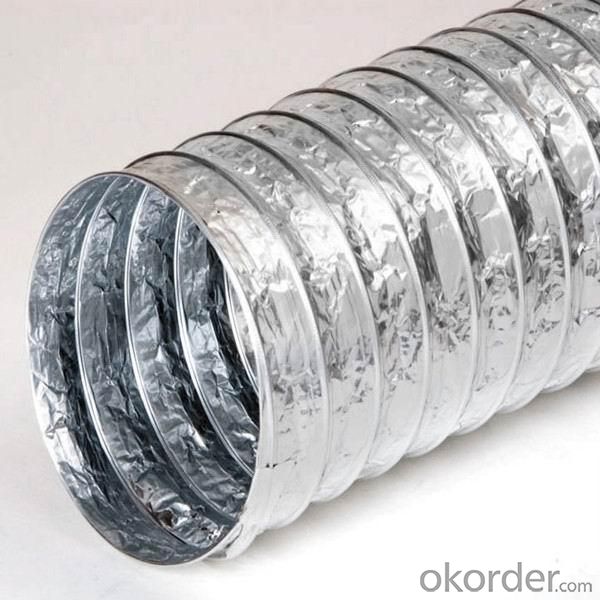


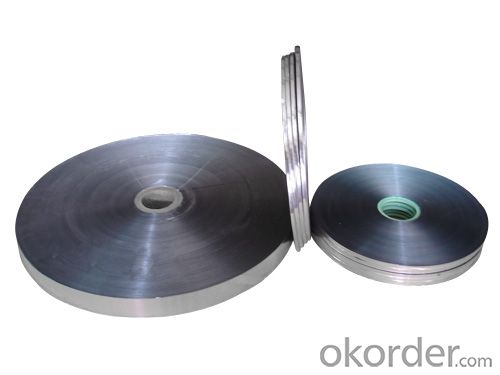


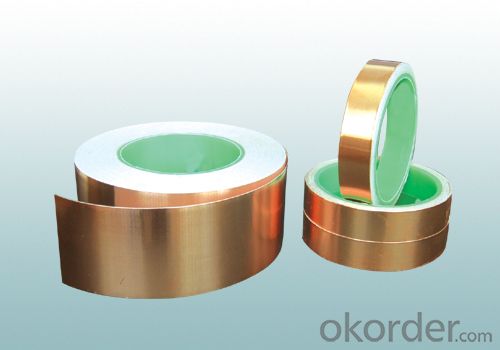
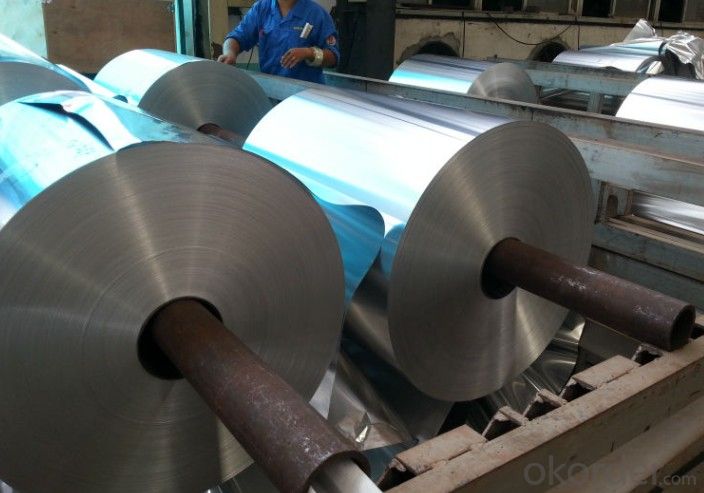

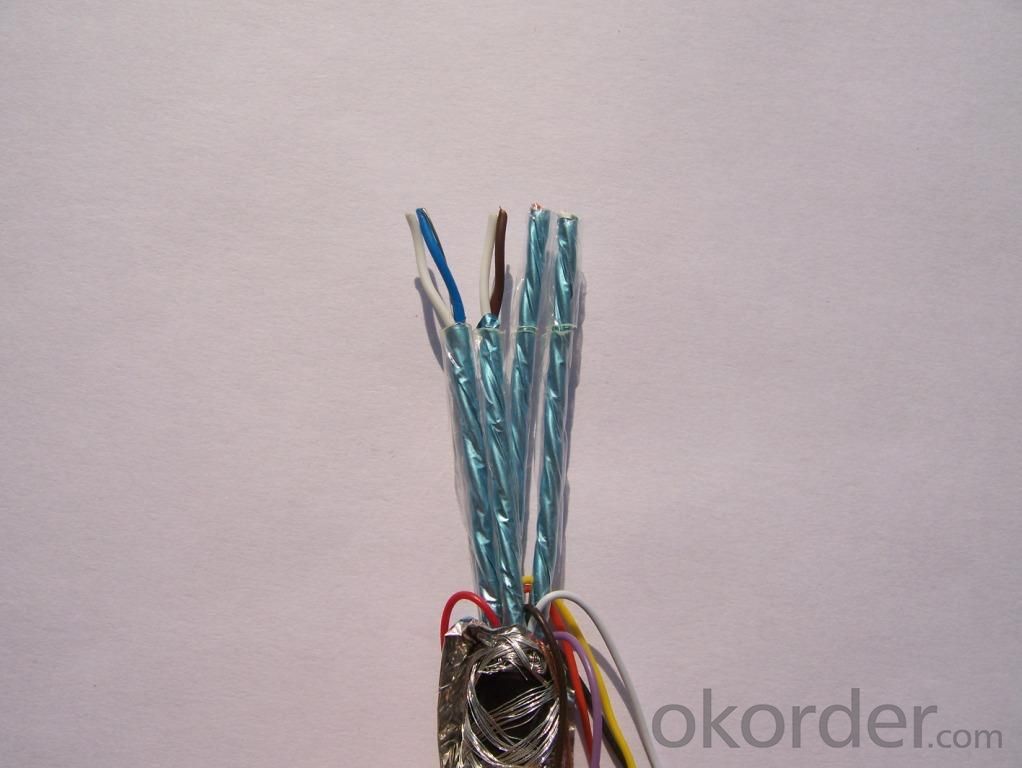
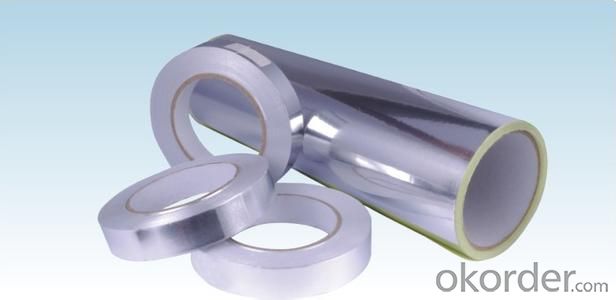
- Q:Does fiberglass facing help with soundproofing?
- Yes, fiberglass facing can help with soundproofing. Fiberglass is known for its excellent sound-absorbing capabilities, as it can effectively trap and dampen sound waves. When used as a facing material, fiberglass can enhance the soundproofing properties of a wall or ceiling by reducing noise transmission through it. The facing acts as a barrier that prevents sound from passing through, making it an effective solution for reducing noise pollution in various settings, such as homes, offices, studios, or even industrial environments. Additionally, fiberglass is lightweight, easy to install, and can be easily combined with other soundproofing materials for even better results.
- Q:How is fiberglass facing used in construction?
- Construction commonly utilizes fiberglass facing as a safeguard for insulation materials, effectively applying it to the outer side of insulation boards or blankets. This facing is crafted from woven fiberglass fabric or reinforced foil, bolstering the insulation's sturdiness and resilience. A primary function of fiberglass facing in construction is to serve as a vapor barrier, effectively thwarting moisture from permeating the insulation and reducing the likelihood of condensation and mold growth. By maintaining the insulation's dryness, its thermal capacity endures and its lifespan is prolonged. Furthermore, fiberglass facing also functions as a radiant barrier, reflecting radiant heat and thereby minimizing heat transfer between the surroundings and the insulation. This attribute proves especially advantageous in warm climates or when insulating buildings that receive direct sunlight exposure. Moreover, fiberglass facing enhances the mechanical properties of insulation materials, providing structural reinforcement and guarding against harm during handling, transportation, and installation. It also heightens the insulation system's fire resistance by acting as a shield against flames and curtailing the spread of fire. To summarize, fiberglass facing is an adaptable component employed in construction to augment the performance and longevity of insulation materials. It acts as a vapor barrier, radiant barrier, and protective layer, ensuring that buildings possess effective insulation, energy efficiency, and safety.
- Q:Can fiberglass facing be used in high-temperature applications?
- Using fiberglass facing in high-temperature applications is not possible. Fiberglass is a reinforced plastic material, renowned for its remarkable thermal insulation and resistance to corrosion. Nonetheless, it possesses a low melting point, rendering it unsuitable for high-temperature settings. High temperatures can cause fiberglass to melt, distort, or deteriorate, thereby jeopardizing its structural soundness and insulation capabilities. To guarantee safety and achieve optimal performance, it is crucial to select alternative materials explicitly engineered for high-temperature environments, such as ceramic fiber or metal facing.
- Q:What are the benefits of using fiberglass facing?
- The benefits of using fiberglass facing include its durability, resistance to moisture and chemicals, excellent thermal insulation properties, and ease of installation. Additionally, fiberglass facing is lightweight, cost-effective, and provides a smooth and attractive finish.
- Q:Does fiberglass facing require regular maintenance?
- No, fiberglass facing does not require regular maintenance. Fiberglass is a durable material that is resistant to many environmental factors, such as moisture, UV rays, and pests. It does not rust, rot, or decay like other materials, which means it does not need to be painted or sealed regularly. However, it is important to keep the fiberglass facing clean and free from dirt or debris to maintain its appearance and performance. Regular cleaning with a mild detergent and water should be sufficient to keep it in good condition. Additionally, if any damage or cracks occur in the fiberglass facing, it should be repaired promptly to prevent further issues. Overall, fiberglass facing is a low-maintenance option that can last for many years with minimal care.
- Q:Can fiberglass facing be recycled?
- Yes, fiberglass facing can be recycled.
- Q:Fiberglass Felt Polyester Powder Adhesive Details
- The chopped strand mats cut the glass precursor (sometimes with roving) into a 50 mm long, randomized but evenly laid out on a mesh belt, followed by an emulsion binder or a powdery powder. Bonding to chopped stranded mats. The chopped mat is mainly used for hand lay-up, continuous plate making and mold pressing and SMC processes.
- Q:What is fiberglass facing?
- Fiberglass facing refers to a thin layer or sheet made of fiberglass that is used to cover or protect surfaces. It is commonly used in construction and insulation applications to provide strength, durability, and resistance to heat, moisture, and chemicals.
- Q:Are there different types of fiberglass facing available?
- Indeed, a variety of fiberglass facings are accessible. Fiberglass facing serves numerous purposes in insulation, construction, and the automotive industry. It is obtainable in diverse structures and configurations tailored to specific needs and requirements. One prevalent form of fiberglass facing is woven fiberglass fabric. This fabric is crafted by interweaving delicate strands of fiberglass, resulting in a robust and long-lasting material. It is commonly utilized in applications that demand exceptional strength, resistance to heat, and resistance to chemicals. Another variation is the chopped strand mat (CSM), which comprises short strands of fiberglass randomly dispersed and held together by a binder. CSM is frequently employed in scenarios where easy handling and malleability hold significance, such as in boat construction and automotive component manufacturing. Fiberglass facing can also be procured in the form of non-woven fabrics, which are fabricated by bonding randomly aligned fibers. Non-woven fiberglass fabrics are often used as reinforcement material in roofing, flooring, and insulation applications. Furthermore, fiberglass facing can be obtained as fiberglass sheets or panels. These rigid, pre-formed panels are constructed from fiberglass materials and are commonly employed for insulation purposes in buildings and industrial settings. In conclusion, the assortment of fiberglass facings available grants the capability to select the most appropriate material for specific applications, considering factors like strength, durability, malleability, and ease of handling.
- Q:Is fiberglass facing resistant to moisture or water damage?
- Fiberglass facing, indeed, possesses remarkable resistance against moisture and water damage. This exceptional property arises from the composition of fine glass fibers interwoven to form a robust and enduring material. Absent any capacity to absorb moisture, these fibers bestow upon fiberglass facing a high degree of resilience, rendering it especially suitable for environments prone to water or moisture exposure, like bathrooms, kitchens, and outdoor spaces. Moreover, its resistance to mold and mildew growth further heightens its ability to endure moisture.
1. Manufacturer Overview |
|
|---|---|
| Location | |
| Year Established | |
| Annual Output Value | |
| Main Markets | |
| Company Certifications | |
2. Manufacturer Certificates |
|
|---|---|
| a) Certification Name | |
| Range | |
| Reference | |
| Validity Period | |
3. Manufacturer Capability |
|
|---|---|
| a)Trade Capacity | |
| Nearest Port | |
| Export Percentage | |
| No.of Employees in Trade Department | |
| Language Spoken: | |
| b)Factory Information | |
| Factory Size: | |
| No. of Production Lines | |
| Contract Manufacturing | |
| Product Price Range | |
Send your message to us
flexible ducts bubble foil glasswool green energy sol
- Loading Port:
- China Main Port
- Payment Terms:
- TT OR LC
- Min Order Qty:
- -
- Supply Capability:
- -
OKorder Service Pledge
OKorder Financial Service
Similar products
New products
Hot products
Related keywords
